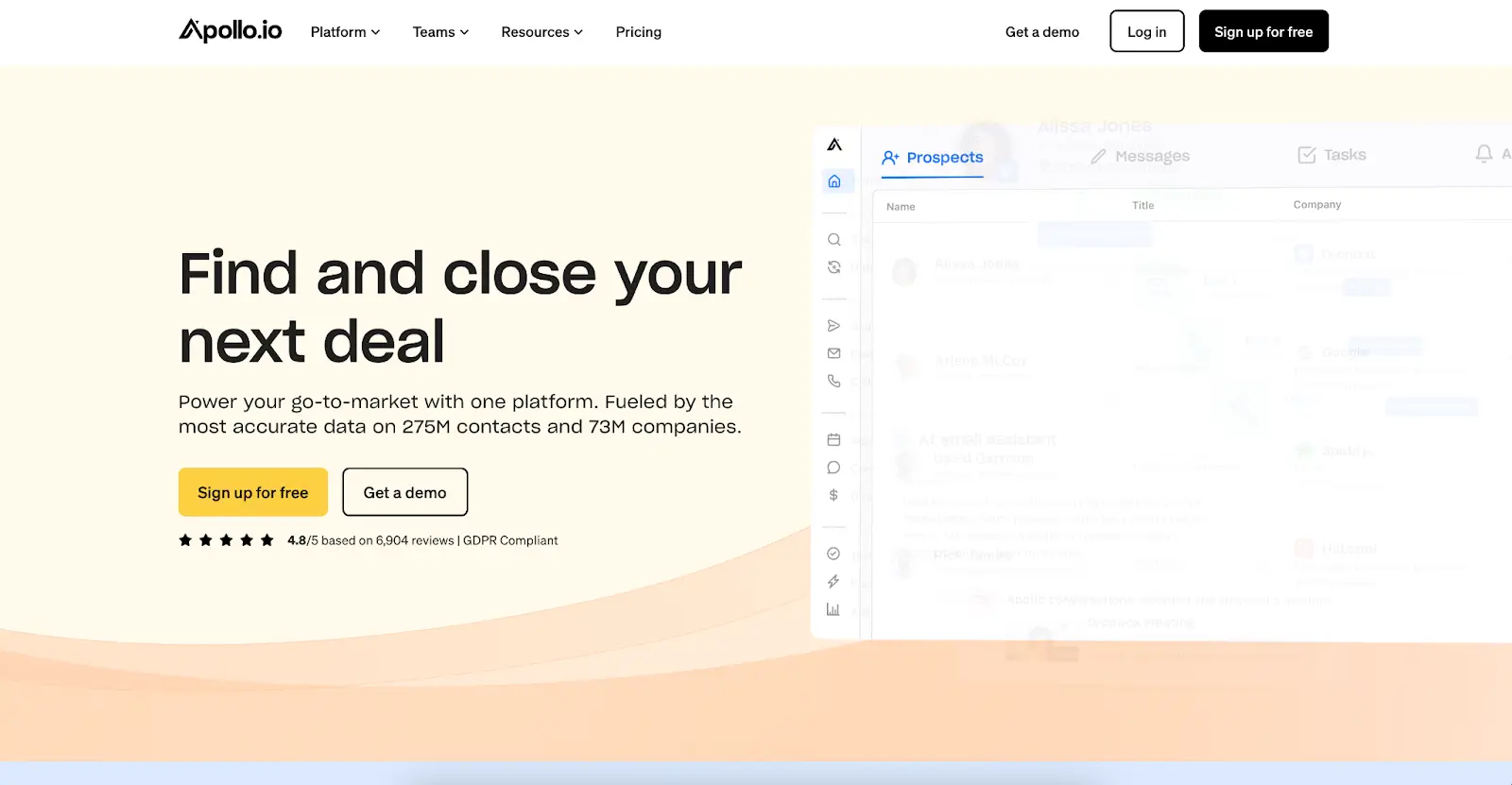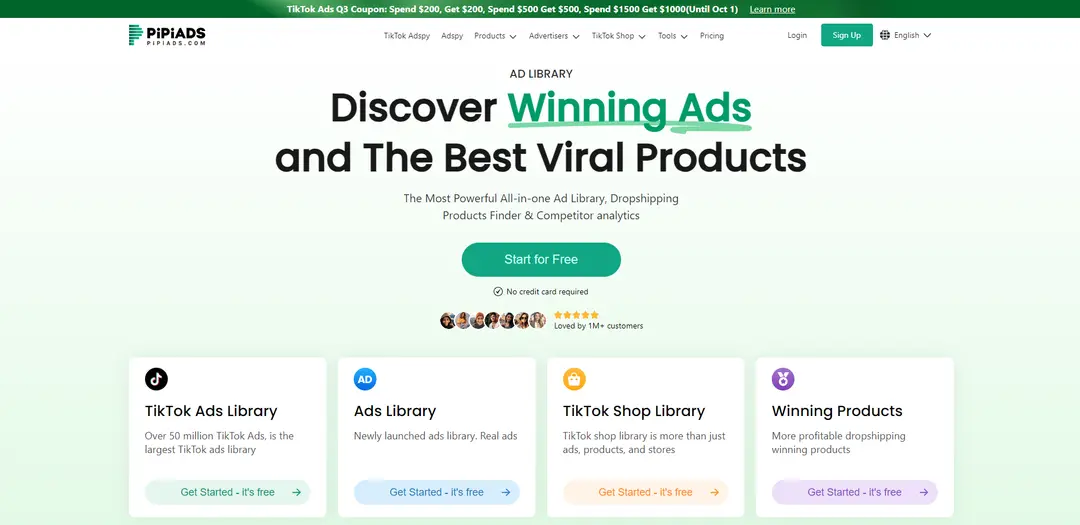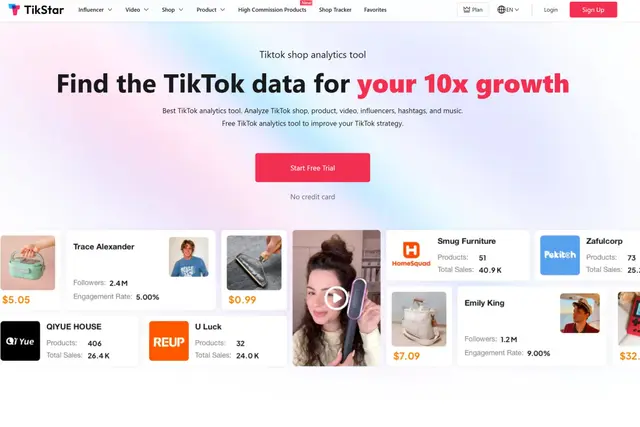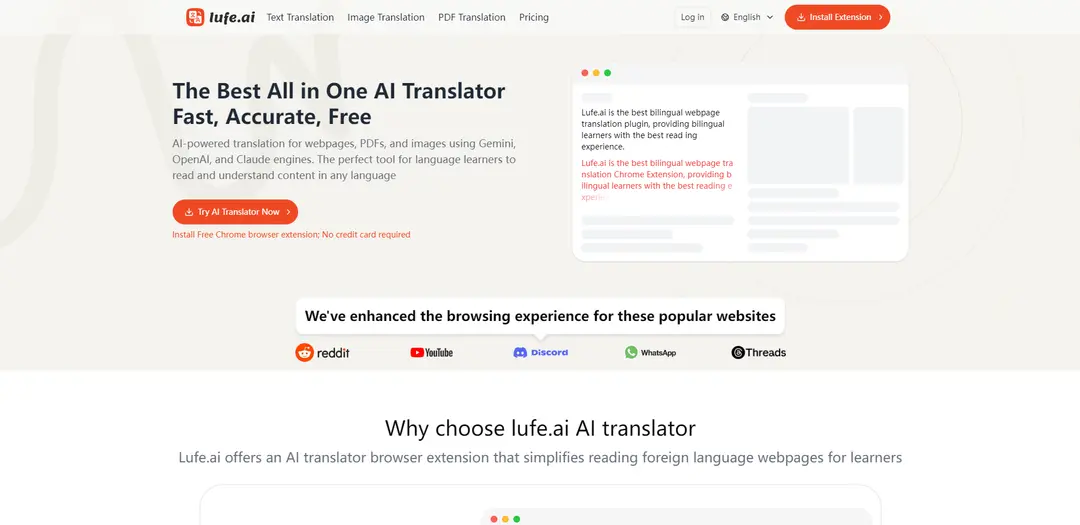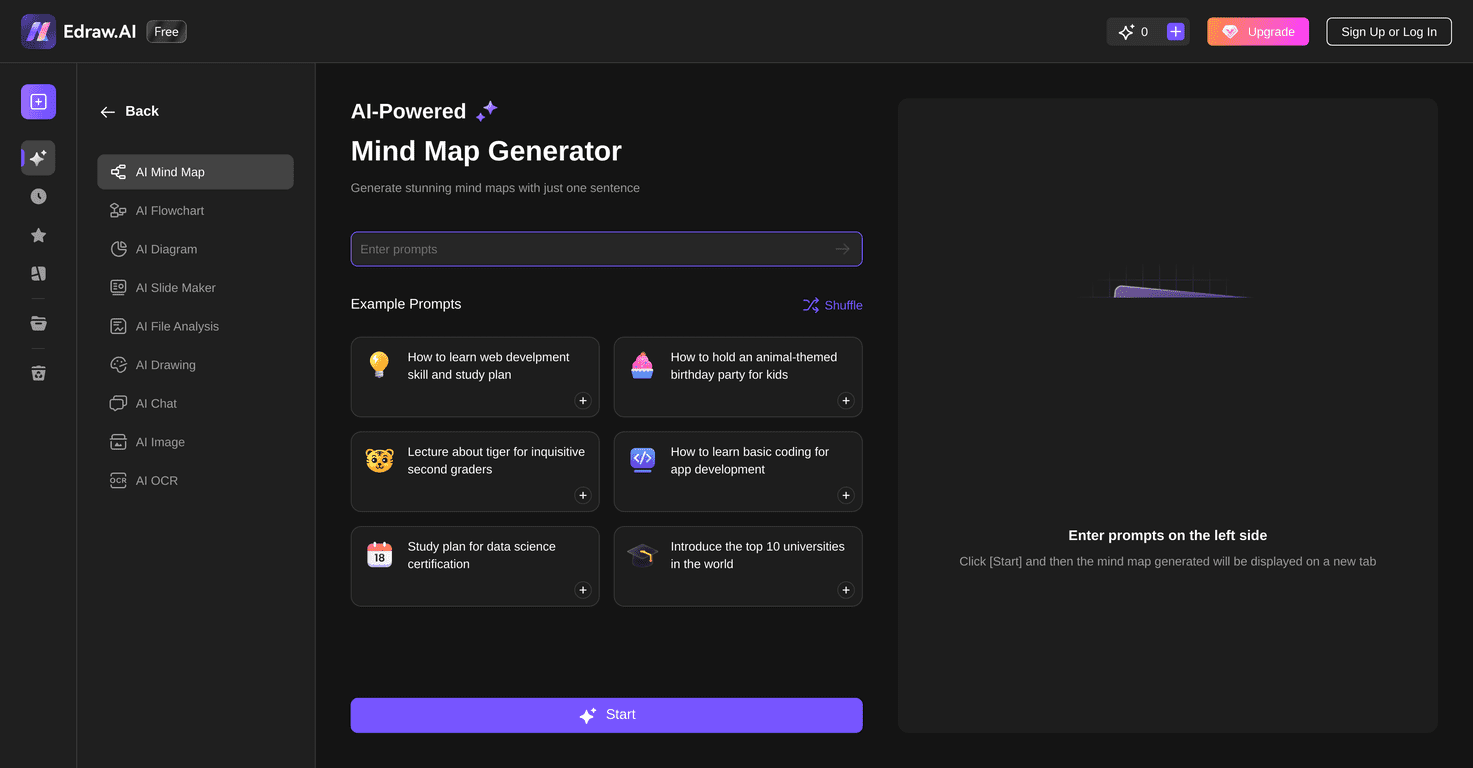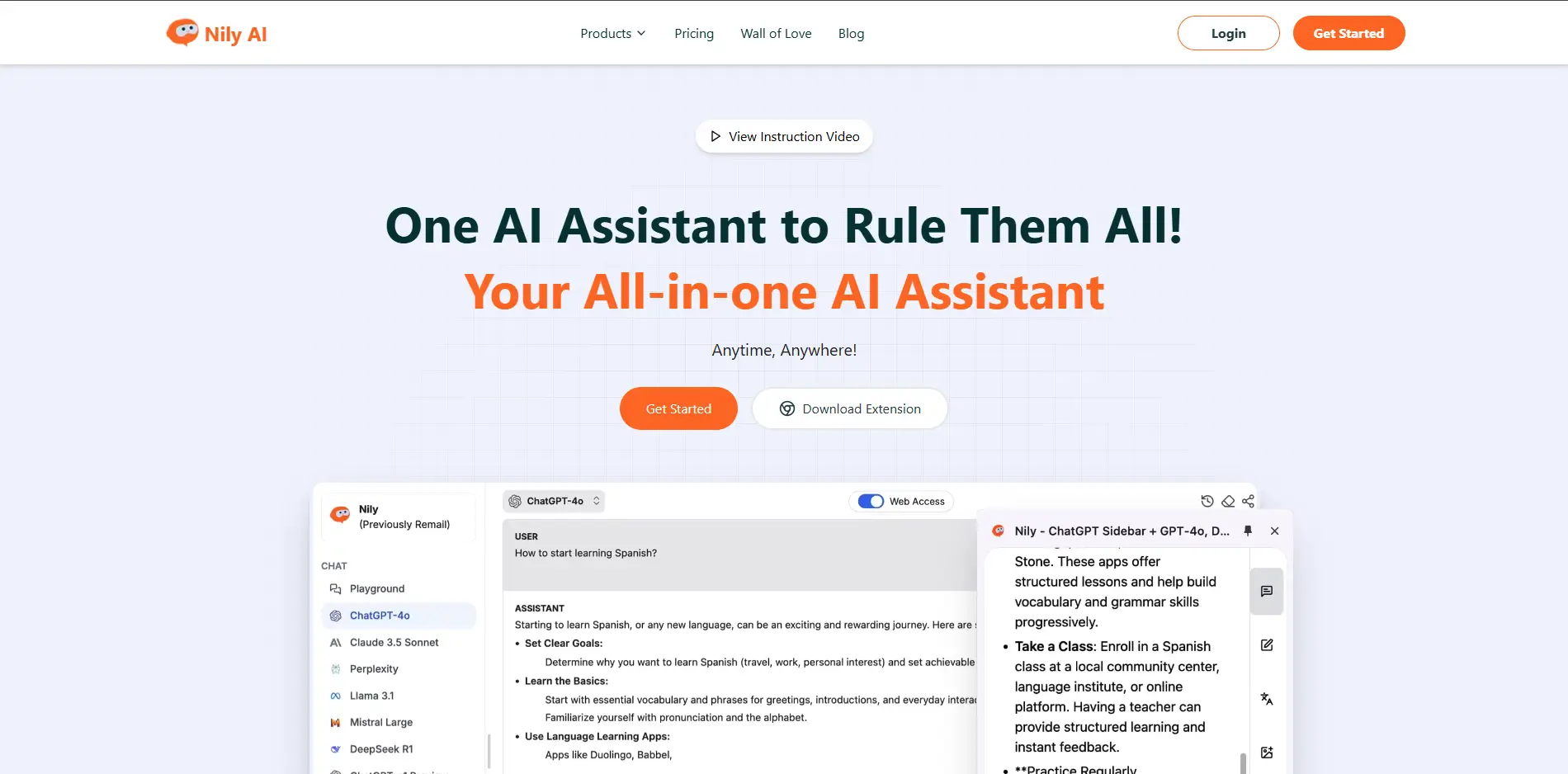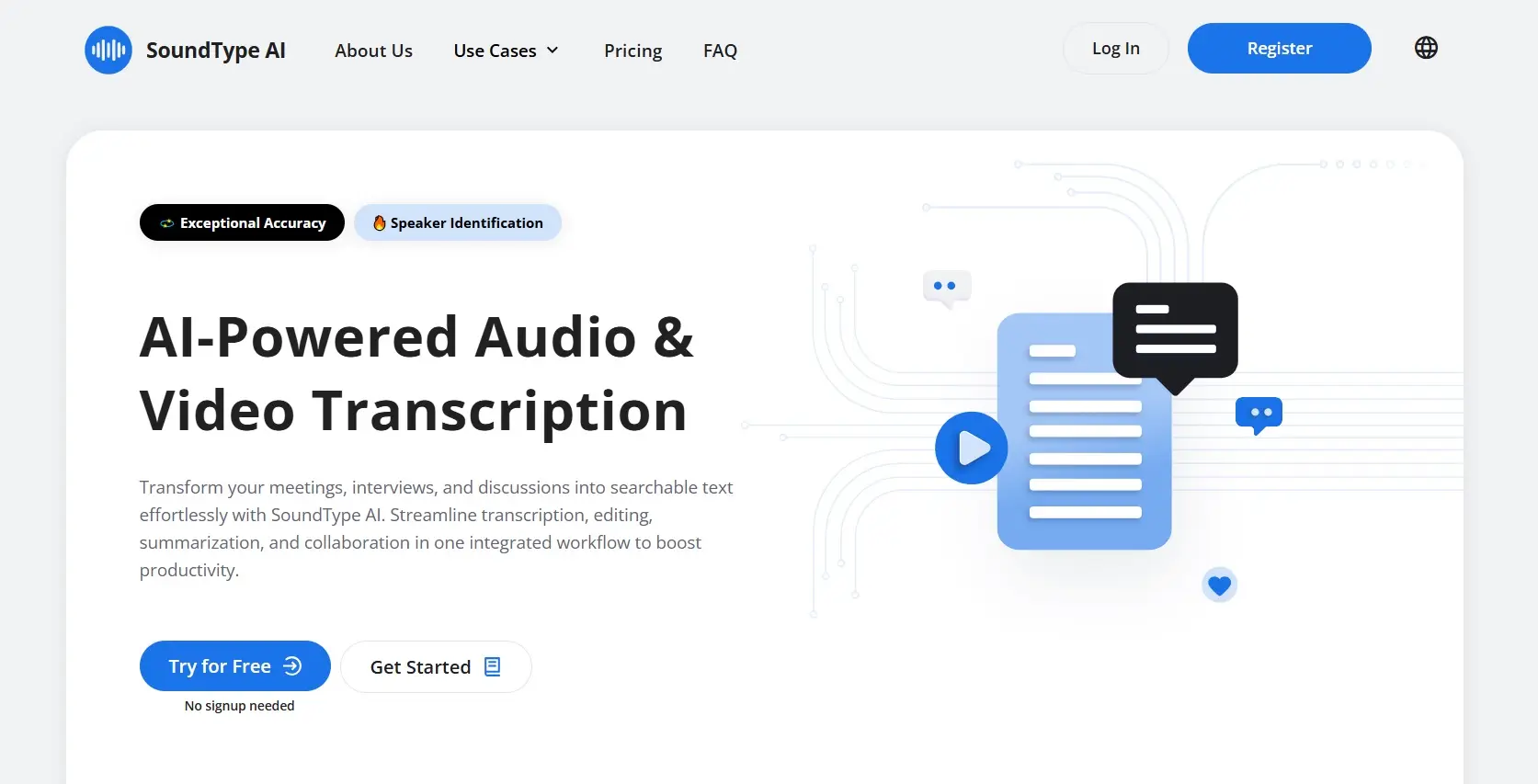However, while the tool delivers on many fronts, users frequently point out concerns around customer support responsiveness, credit-based pricing confusion, and occasional data quality issues.
In this review, we’ll explore Apollo.io’s features, pricing, user feedback, and how it compares to alternatives like Skrapp.io—so you can determine if it’s the right fit for your workflow.
Quick Summary
- Feature set: 9/10 – Includes verified contact data, outreach automation, CRM integrations, and enrichment tools.
- Usability: 8/10 – Clean interface and robust Chrome extension, though some users report CRM sync issues.
- Data accuracy: 7/10 – Strong coverage, but occasional outdated records and bounced emails.
- Integrations: 8/10 – Connects with Salesforce, HubSpot, Gmail, and many more.
- Customer support: 6.5/10 – Responsive email support, but lacks phone or live chat for immediate help.
- Pricing: 8/10 – Competitive free plan, flexible paid tiers, but some confusion around credit limits.
- Overall rating: 8/10 – One of the most full-featured sales intelligence platforms, but not without some tradeoffs.
Apollo.io Reviews

Editor’s Note: For this review, I tested Apollo.io’s features, usability, data accuracy, integrations, and customer support to provide an objective take.
Founded in 2015 by Tim Zheng, Apollo.io began as ZenProspect with the goal of simplifying sales prospecting through data intelligence and automation. Today, it’s positioned as an all-in-one sales intelligence and engagement platform designed for B2B companies. It combines prospecting data, outreach automation, and sales analytics into a single tool.
The platform is structured around the entire sales process—from finding leads to engaging them through multi-step sequences and tracking their interactions. It supports both inbound and outbound workflows and offers built-in tools for email campaigns, call dialing, data enrichment, and contact management.
Apollo.io Main Features
Apollo.io is divided into several product modules that cover the core needs of modern sales teams: prospecting, engagement, enrichment, and analytics. Let’s take a closer look at what each of these includes.
Prospecting Tools
Apollo’s prospecting product is built on a robust database of over 275 million contacts and 60 million companies. Users can filter this data by job title, seniority, department, location, revenue, company size, technologies used, and more to build highly targeted lists.
The platform provides verified emails, direct dials (where available), and LinkedIn URLs, making it easier to connect with decision-makers. The Chrome extension further enhances this process by allowing users to extract data from LinkedIn or company websites without switching tabs.
Engagement & Sequences
Apollo includes a powerful outreach engine with support for automated email sequences, task scheduling, and click-based triggers. Sequences can combine multiple touchpoints—email, LinkedIn, calls—within a single campaign.
The built-in dialer supports call recording, whisper coaching, voicemail drops, and analytics to help sales teams optimize conversations. While automation works well for most users, some have reported occasional issues with email deliverability, particularly when managing large-scale outreach.
Enrichment & CRM Sync
Apollo’s enrichment tools automatically fill in missing data on people and companies, including firmographics and technographics. Users can upload contact lists and enrich them in bulk, or use Apollo’s enrichment to keep CRM records fresh and complete.
Native integrations with Salesforce, HubSpot, Zoho, and Pipedrive allow for real-time sync of contacts, tasks, and activities. However, a few users have noted inconsistencies in how frequently the CRM updates reflect Apollo data—especially for fast-moving campaigns or high-volume prospecting.
Analytics & Reporting
Apollo.io includes detailed reporting tools to help sales leaders and reps monitor performance across campaigns, sequences, and channels. The platform tracks key engagement metrics such as open rates, click-throughs, replies, and meeting bookings. These analytics are accessible through customizable dashboards, allowing teams to identify what’s working and what needs adjustment.
Users can filter data by rep, team, campaign, or time period to gain insights into performance and optimize sequences accordingly. The system also tracks call outcomes, voicemail engagement, and overall sequence effectiveness. However, some users report that inconsistencies in email delivery or CRM syncing may occasionally distort campaign performance metrics.
Apollo’s reporting helps teams refine their sales process, though more advanced attribution and forecasting tools may require external analytics platforms or manual reporting workarounds.
What Are Customers Saying About Apollo.io?
Apollo.io has a significant user base, especially among small to mid-sized sales teams. While many users highlight the platform’s affordability, automation features, and ease of use, recurring concerns include data accuracy, customer support responsiveness, and credit-based limitations.
What Users Love About Apollo.io
- Comprehensive Prospect Database – Users praise the breadth of Apollo’s contact database for streamlining lead discovery.
- Affordable for SMBs – Frequently cited as a cost-effective alternative to ZoomInfo and similar platforms.
- Strong LinkedIn Integration – The Chrome extension allows users to collect contact data while browsing LinkedIn and Sales Navigator.
- Built-in Email Automation – Apollo.io’s sequencer tools help automate outreach and improve workflow efficiency.
- Ease of Use – Many users appreciate the platform’s clean UI and straightforward navigation for outreach campaigns.
Common Complaints About Apollo.io
- Data Accuracy Issues – Users report high bounce rates and outdated contact details, which can disrupt outreach efforts.
- Frustrating Credit Model – The credit-based system can be limiting for teams needing higher-volume data access.
- Customer Support Delays – Numerous reviews cite long response times, unresolved issues, and lack of real-time support.
- Integration Bugs – Some users experience syncing issues, particularly with Salesforce and other CRM tools.
- UI Inconsistencies – Although some users enjoy the interface, others find it cluttered and difficult to navigate.
- Billing and Auto-Renewal Problems – Users have flagged concerns about being charged without clear notice or difficulty canceling subscriptions.
